We just took our first trip in 17 months. This was the longest we’ve ever gone without traveling. COVID-19 restrictions have made it tricky to leave the country. You never know where the next outbreak is going to come from, and we weren’t excited at the prospect of quarantining for two weeks on a border somewhere. So, we did a road trip inside Germany….
 Our first stop was the UNESCO World Heritage city of Würzburg. [1]
Our first stop was the UNESCO World Heritage city of Würzburg. [1]
 Würzburg’s Residential Palace was built from 1720-1744 by Balthasar Neumann and is the most important building from the Southern German Baroque era. Definitely worth a visit! But I want to talk about a little statue I found in the Court Gardens in the back.
Würzburg’s Residential Palace was built from 1720-1744 by Balthasar Neumann and is the most important building from the Southern German Baroque era. Definitely worth a visit! But I want to talk about a little statue I found in the Court Gardens in the back.

“Look! It’s a hurdy-gurdy player!” I exclaimed.
“What’s that?” Uwe asked.
“A strange instrument that the musician cranks to play: It buzzes and drones. Donovan sang about it.”

The hurdy-gurdy is about 900 years old and maybe came from a fiddle. An even earlier version was the organistrum and required two people to play it, one to crank the handle and the second musician to pull up on the keys. It was used for choral music. The hurdy-gurdy or something like it, the lira in the Byzantine Empire, was described by Ibn Khurradadhbih. The next version of the hurdy-gurdy was called the symphonia. It was smaller, with three strings and keys that could be pressed from underneath. Present-day hurdy-gurdies have either a guitar body or a lute back.
Musicians in high courts played the hurdy-gurdy until it fell out of favor, and the hurdy-gurdy is mostly familiar now as an instrument used by roving minstrels. According to Wikipedia, in the Ukraine hurdy-gurdies are still played by itinerant, often blind, hurdy-gurdists called lirnyky. [2]
The instrument was saved from obscurity, helped no doubt by Donovan’s song in 1968. He wrote Hurdy Gurdy Man while studying Transcendental Meditation in India with the Beatles. Apparently, he wanted Jimi Hendrix to perform the song. Now, that would have been one hell of a recording! As it is, George Harrison helped with the lyrics. Jimmy Page, John Bonham and John Paul Jones all performed on the recording before they went on to form a little group named Led Zeppelin.
All my life, Hurdy Gurdy Man is one of those songs that floats in my consciousness. It’s as mystic and magical as a tale told by a wandering troubadour.
Thrown like a star in my vast sleep
I opened my eyes to take a peek
To find that I was by the sea
Gazing with tranquility
‘Twas then when the Hurdy Gurdy Man
Came singing songs of love
Then when the Hurdy Gurdy Man
Came singing songs of love
“Hurdy gurdy, hurdy gurdy, hurdy gurdy gurdy” he sang
“Hurdy gurdy, hurdy gurdy, hurdy gurdy gurdy” he sang
“Hurdy gurdy, hurdy gurdy, hurdy gurdy gurdy” he sang
Histories of ages past
Unenlightened shadows cast
Down through all eternity
The crying of humanity
‘Tis then when the Hurdy Gurdy Man
Comes singing songs of love
Then when the Hurdy Gurdy Man
Comes singing songs of love [3]
 NOTES: [1] My readers know that Uwe and I make a beeline for World Heritage sites. They’ve always, always been worth the effort! [2] wiki/Hurdy-gurdy [3] Source: LyricFind. Hurdy Gurdy Man lyrics © Peermusic Publishing. PS: I learned a lot writing this post!
NOTES: [1] My readers know that Uwe and I make a beeline for World Heritage sites. They’ve always, always been worth the effort! [2] wiki/Hurdy-gurdy [3] Source: LyricFind. Hurdy Gurdy Man lyrics © Peermusic Publishing. PS: I learned a lot writing this post!
© Jadi Campbell 2021. All photos © Uwe Hartmann. To see more of Uwe’s photos and pics from our trips go to viewpics.de.

Click here for my author page to learn more about me and purchase my books.



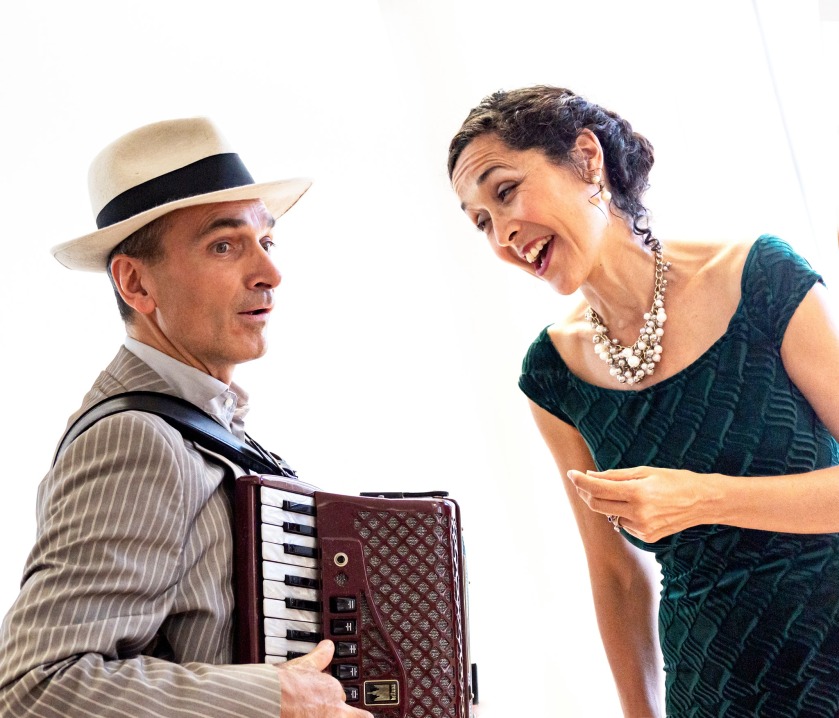
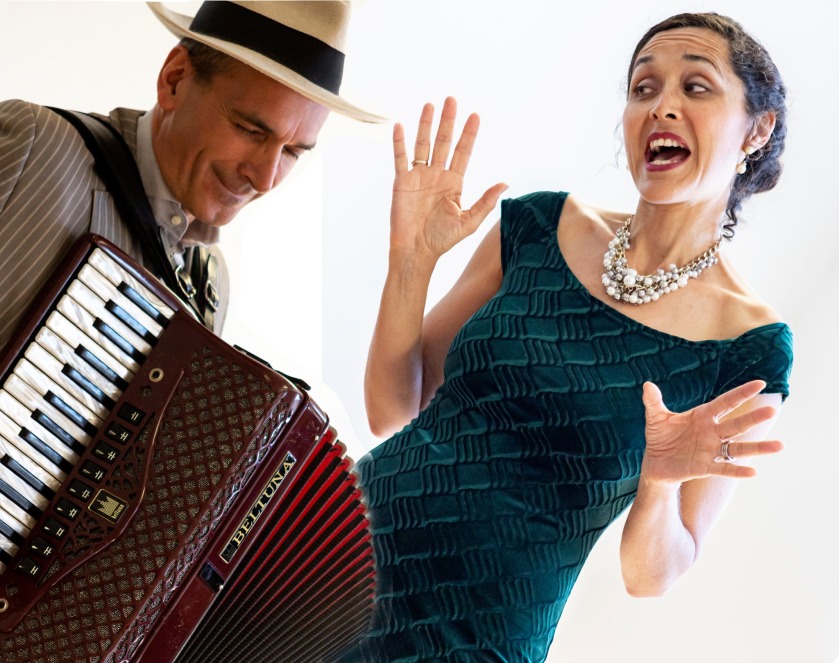
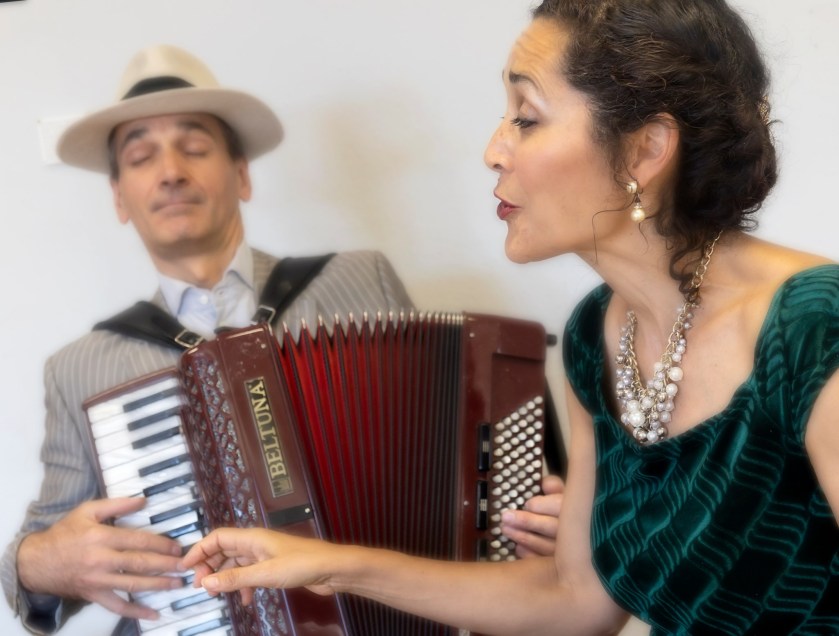

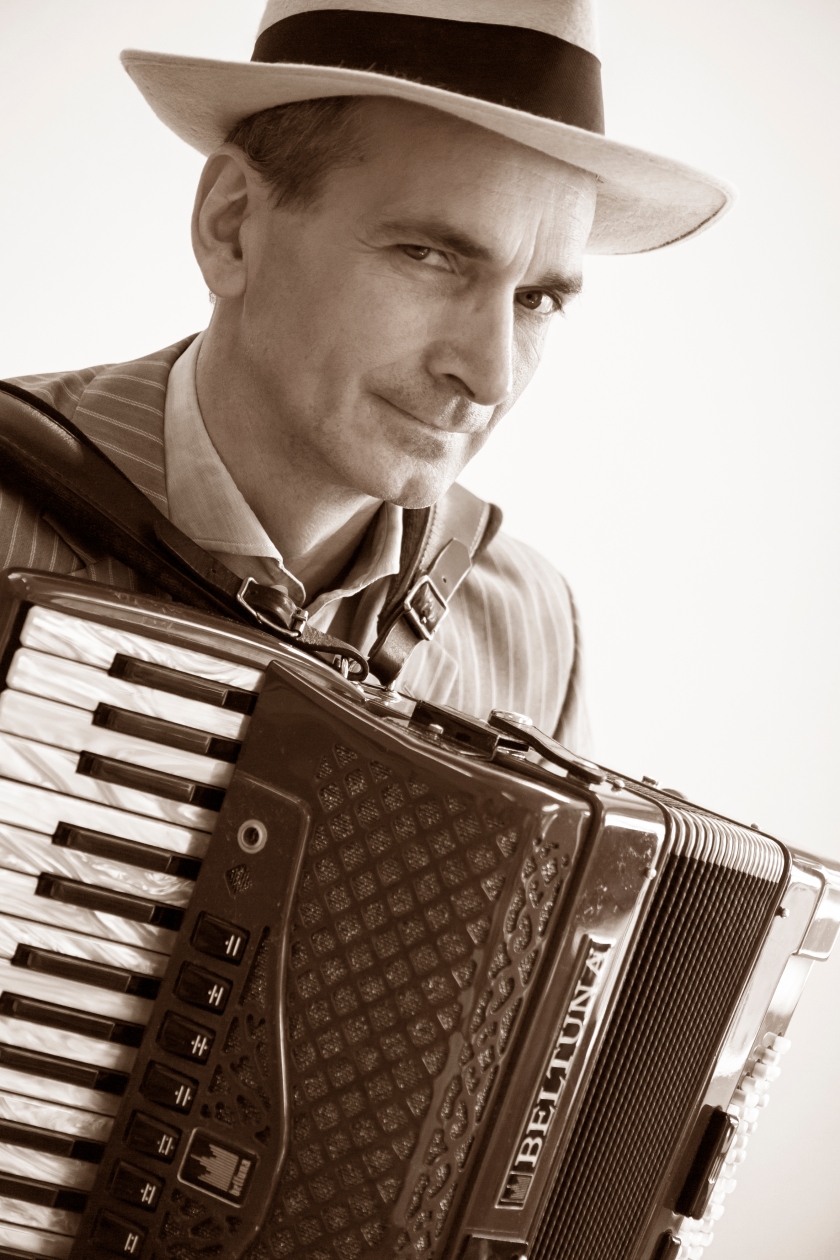
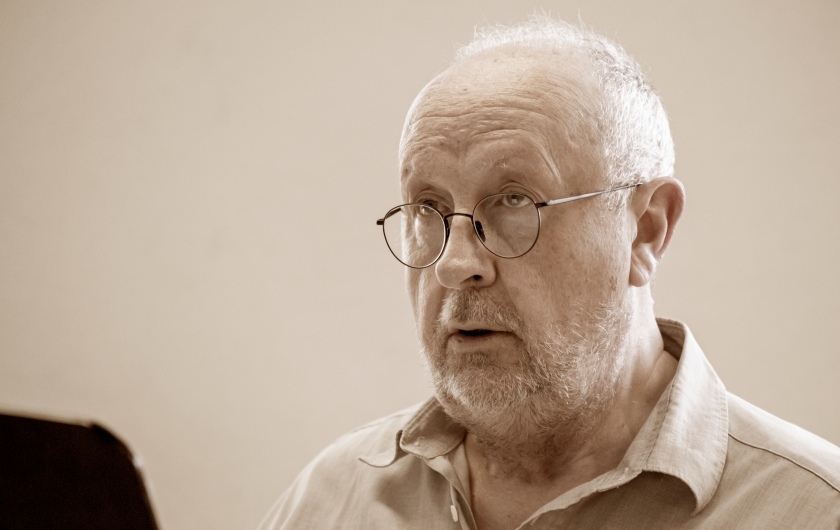

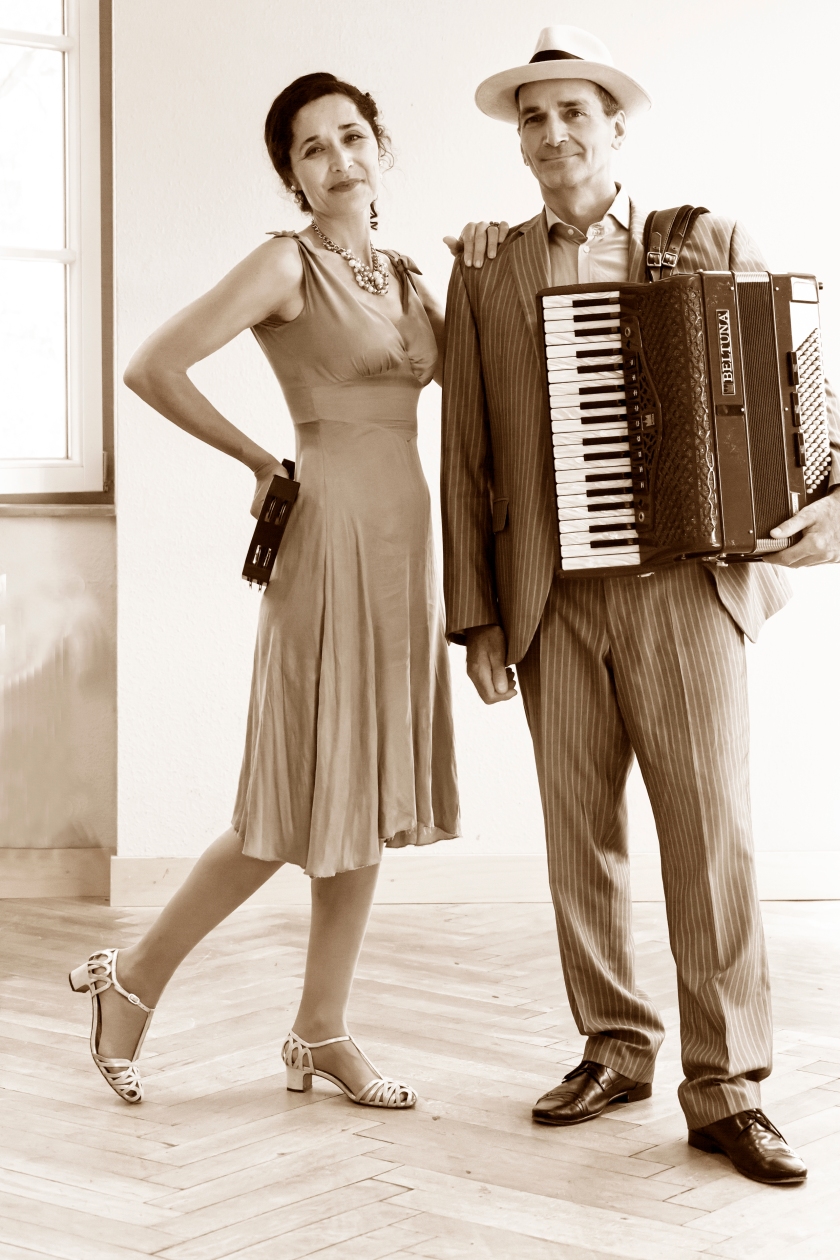




 They carry yellow stickers. Return to Sender. Not Deliverable as Addressed. Unable to Forward.
They carry yellow stickers. Return to Sender. Not Deliverable as Addressed. Unable to Forward.


 My own, less clever Christmas cards are a way to remain connected to my mom’s tradition. And the cards are my way to remain connected, if I can, even if just one day out of the year, with the people who were in my life in various places at various times. Each of them helped me with their friendships more than they’ll ever know. Each year a few cards come back, and another friend has dropped from my life.
My own, less clever Christmas cards are a way to remain connected to my mom’s tradition. And the cards are my way to remain connected, if I can, even if just one day out of the year, with the people who were in my life in various places at various times. Each of them helped me with their friendships more than they’ll ever know. Each year a few cards come back, and another friend has dropped from my life.




